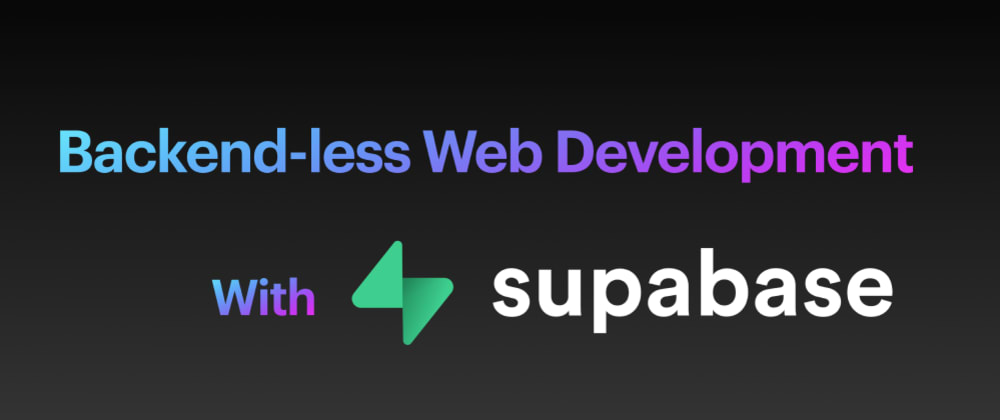
Although still experimental, Client Extensions are one of the most exciting features introduced in recent Prisma releases. Why? Because it opens a door for developers to inject custom behaviors into PrismaClient with great flexibility. This post shows a few interesting scenarios enabled by this feature, together with thoughts about where we should set the boundary to avoid overusing its power.






